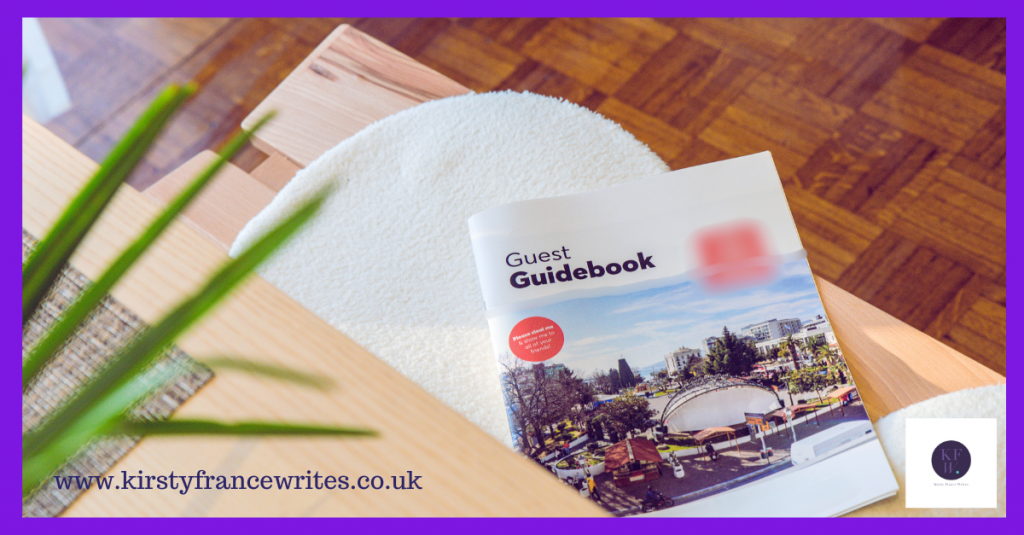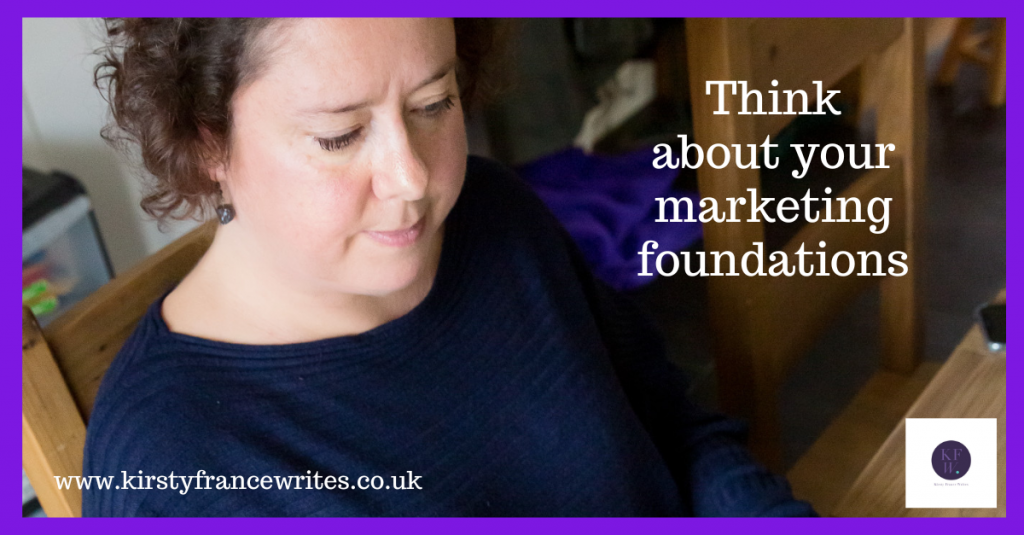
There are loads of ways to find a good copywriter. You might have bumped into one of us at an event, asked your network for recommendations or searched online. Whether you decide to work with a freelancer or an agency, there are a few ways to choose the right copywriter for you. Here are my tips to help you in your search.
Can you talk to them?
The best way to learn whether a copywriter is a good fit for your business is to talk to them. You don’t have to feel as if you’ve met your new best friend, but if the conversation is stilted and awkward, it isn’t going to work. Good copywriting is built on a relationship where you can speak freely and feel that your writer is listening to you.
When you talk to a copywriter, ask yourself how much information you feel comfortable sharing. Most of my clients need to get their personality into their marketing. If that’s the case for you, a writer that lets you be yourself is vital.
Shared values
You’ve built your business around your values and how you want to work. The right copywriter for you will often have a similar outlook on life. Being on the same wavelength means they’re more likely to speak your language and get that into your marketing.
You might also share similar personal circumstances or history. That can help if you have a personal reason for starting your business or if your lifestyle influences the way you prefer to work. It can take time for a relationship to develop and for your writer to learn what you want. Having shared values can get the process off to a good start.
How do they market themselves?
However you found your copywriter, it’s a good idea to check them out online to see how they market themselves. If you want someone to write blog posts, do they have their own and write new posts regularly? Are they active on social media? If they have an email list, you can sign up to see if you like what they send.
You can also check to see if you enjoy their writing style. Every copywriter will tailor their work to you, but it’s usually a good sign if you like how they write for themselves.
What experience do they have in your industry?
You might want to work with someone who already has a working knowledge of your industry, especially if it’s highly regulated. I used to be a lawyer and work with lots of legal, finance and insurance professionals. Speaking the same technical language and understanding how their brains work helps.
If a copywriter has worked in your industry before, they may know what style works well and have results they can share. Equally, if you want to take a radical approach, they’ll know what cliches to avoid.
Ask for samples
Asking for samples lets you see examples of a copywriter’s work and how their style varies for different clients. They might have a portfolio online (like mine) with a few samples, but it’s always worth asking for more, especially if you have a particular project in mind.
You can ask for samples to narrow your options if you’ve had several recommendations and want to decide who to meet. If you already think a writer might be a good fit, looking at their portfolio can help you decide.
Ready for a chat?
If you want to find out whether I could be the right copywriter for you, let’s have a chat. When you work with me, I’ll get to know you and your business and write content that sounds like the best version of you and that your audience will love. Email me to arrange a chat or book a Zoom call to find out more.
Alternatively, sign up for my mailing list, and I’ll send you a free copy of my eBook with fifty (yes, 50) topic ideas for your marketing as a thank you.








